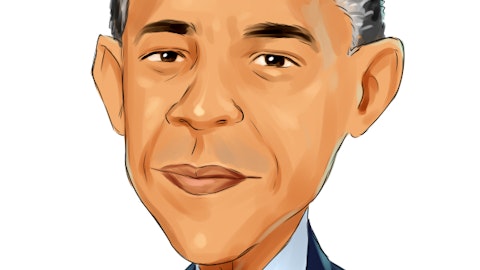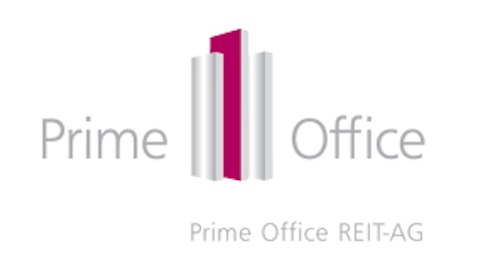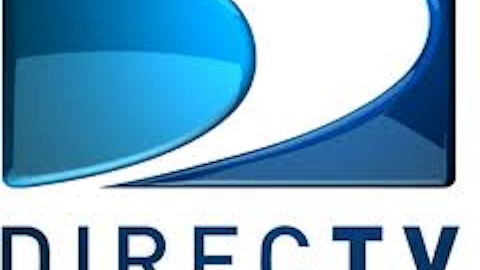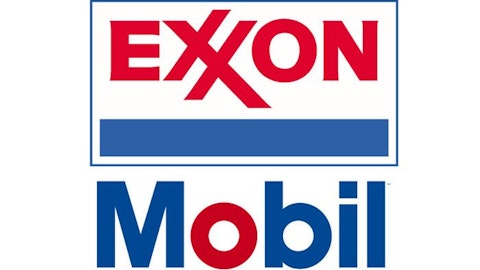This next graph looks at common equity or book value per share (cepqs) in isolation as an example of reviewing one important balance sheet item in isolation. When I review this financial information I’m not only concerned with the detail of these important financial metrics, I’m also concerned with their direction. Clearly, Medtronic has been consistently increasing their book value over the past 10 fiscal years. That is a good sign, and it’s the kind of information I am looking for regarding all of the company’s important financial metrics.

However, I don’t stop with the balance sheet because I believe that past and future performance is a function of the earnings and cash flows that a company generates on behalf of its stakeholders. Therefore, I next turn to the cash flow statements in order to examine how successful the business has been in generating cash flow. The following graph plots Medtronic’s capital expenditures per share (capxps), cash flow per share (cflps), dividends per share (dvpsp), the critically important free cash flow per share (fcflps – note: this metric is calculated after dividends are paid) and operating cash flow per share (ocflps).
Although this example includes all these metrics graphed at once, I can also look at each of them in isolation. Moreover, for the sake of avoiding redundancy, I will also review a similar graph of their income statement which provides information on earnings, costs and sales. However, I think the reader gets the picture, and therefore, I have not included an example of the income statement graph.

Next, I turned to an evaluation of gross profit margin (gpm), net profit margin (npm), return on assets (roa), return on equity (roe) and return on invested capital (roi). The example below only includes gross and net profit margin, however, I review data on all the metrics stated above.

Next, I run graphs on liquidity ratios and additional data on various valuation ratios to include price to book value (pb), price to cash flow (pcfl), price to free cash flow (pfcfl) and others that can be seen as options on the navigation bar to the left of the sample graph which only plots the current ratio (cr), a quick ratio (qr) and for those diehards concerned with volatility – a five-year beta calculated at fiscal year ends. Again, I run all these metrics, but only included the one sample below.

Once I complete this critical step of digging into the company’s financial health and strength, I then turn to looking for any additional information on the company that I can gather. This will include articles on prestigious financial blogs such as Seeking Alpha, GuruFocus and others, looking for articles and/or any other meaningful information I can find. Of course, this would also include news services such as the Wall Street Journal, Barrons, Forbes and The Street, etc.
For the final step in my pre-decision due diligence process, I personally turn to several research services and tools that I subscribe to. One of my primary sources is the Standard & Poor’s Capital IQ Global Database which, in addition to being the data provider for my F.A.S.T. Graphs™ research tool, also provides extensive outside research from other sources. I also have been a long-term subscriber to the Value Line Investment Survey, MorningStar, Zacks and others.
Frankly, these research services are quite expensive and may be beyond what the individual investor might be willing to spend on research. Nevertheless, I have them so I take advantage of the information they provide me. However, as I previously stated, the individual investor does have access to many free research tools that they can turn to. The bottom line at this point is that knowledge is power, and I strongly suggest that all investors access all the information that is available to them. As I often say, there are no shortcuts, and comprehensive due diligence and research is, in my opinion, a necessity for successful results.
The Culmination of Due Diligence: The Decision To Invest
The following F.A.S.T. Graphs™ illuminates the culmination of my due diligence on Medtronic to include my ultimate decision to invest. As I indicated in the beginning of this article, I had long-admired this company based on its operating results, but was unwilling to invest due to what I considered excessive and unrealistic overvaluation by Mr. Market. However, I was willing to wait patiently for what I personally believed would be the inevitable opportunity to find this blue-chip dividend growth stock at an attractive valuation.
The Great Recession gave me that opportunity, and at that point the due diligence process described in this article was put into full gear. Although I regret not “jumping in it” as the opulent Russian in the DIRECTV (NASDAQ:DTV) commercial suggested during the throes of the Great Recession in November and December 2008, I still had work to do. Therefore, I was happy to begin building my position in late April 2010 at approximately $44 per share since my due diligence was now complete. At this point, the stock had been moving steadily back into alignment with fair value (the orange earnings justified valuation line), and I was content to buy at fair value.





